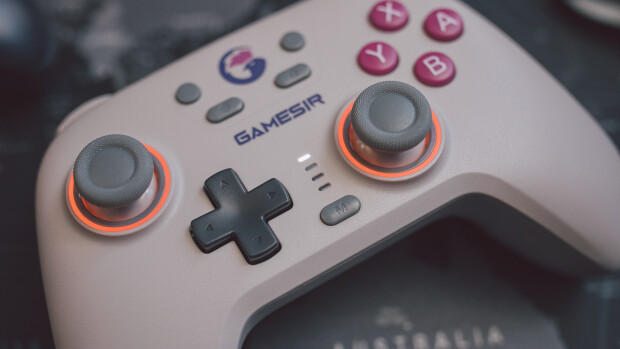
Microsoft has announced that it is will pay developers $100 to submit a new app to either the Windows Phone or Windows Store. On paper, it looks like a great idea for developers as they will get $100 for an app and Microsoft gets to boost its numbers for application in its various stores. But as good as the offer sounds, it doesn't make a lot of sense.
Microsoft has already started paying out the cash and one developer we spoke too, who created PouchApp, and received the $100 reward, stated that the bonus payment was not a factor when he set out to build his application as the work began before the offer was made public. The payment was simply a nice gesture from Microsoft but it had no impact on if he would build an app.
While the incentive is certainly nice, it once again shows that Microsoft is disengaged from the retail market on what truly sets a platform apart from its competition.
Right now, in the Windows Store, there are over 40,000 applications and in the Windows Phone Store there are well over 130,000 applications. Both of those are huge numbers, even though they are small compared to say iOS or Android; 40,000 of anything is a massive number. The same can be said with Windows Phone that has 130,000 apps available, it's a huge number of apps.
Seeing that the stores are filled with many different applications and with new arrivals every day, why offer the $100 incentive?
First, let's break down the offer. You can get $100 for up to twenty apps, 10 to the Windows Store and 10 to the Windows Phone store which can net you a total of $2000 for qualifying apps (you can't simply rebadge a bunch of applications and claim your prize). The idea from the offering is to encourage developers to build new applications which means that from March 8th to June 30th, you can get paid for your apps if you submit them and they are approved by Microsoft.
Now, that's the idea, and here is why it is flawed.
If you had no intention of building an app but were enticed by the $100 offer, you would have about 4 months to come up with an idea, build the app and then get it published too the respective store. Doing all of this will net you $100 from Microsoft for your time and efforts (in addition to if you built a quality app that consumers purchase, you will also receive payments too) and all is well.
That is for one app, but Microsoft is offering this payment for up to twenty applications. There are 114 days between March 8th and June 30th which means if you are going to be enticed to build an app (and you had previously ignored the Windows ecosystem) you will need to average building a different app every 5.7 days to collect your $100 per application prize. An app built in 5.7 days, let alone 20 of them, will not be of the quality Microsoft is looking for in its stores and will result in more crapp (crappy + app) that consumers will have to dig through to find something of value.

“But Brad, what if they have a team working on the apps and a few guys are pounding these applications out?”
In this case, it would likely be a full-on development shop creating these applications and a $100 reward for the app would barely keep the lights on for a few weeks or might cover one month of Internet services. It's clear that big name app shops will not be creating apps for the reward as it would cost significantly more in salary than Microsoft would pay on the backend (unless, again it's a premium app where you can sell it and earn money).
In the case it's a few friends making an app in the 114 days, the payout would be minimal per app to the team and again, not cover the base for the time allotted to the development to seriously encourage developers, en mass, to build for the Windows ecosystem.
The problem Microsoft is facing is not a lack of big name products in its store; it's the support that they are receiving.
For instance, look at Twitter on Windows Phone. The first Twitter application hit the store with Windows Phone 7 and it finally received a significant update on March 4th, which means it had been over a year since the app was updated.

The Weather Channel's Windows 8 app is an example of a quality app Microsoft should highlight.
Why does this matter? Because iOS and Android were receiving updates frequently from Twitter while Windows Phone users were left to use alternatives that have their destiny already set at 100k users. This is one example of the support that Windows Phone needs, not the apps from a $100 competition.
What Microsoft needs, and how it figures out how to do this is up to them, is feature parity updates across the big brands including Twitter, Spotify, Facebook (when/if it arrives), Instagram (yes, it is coming), Skype (this was a bit embarrassing) and any other app that has brand equity.
Microsoft needs to make sure its developers are keep the feature parity equal on Microsoft's ecosystem because if your iOS friends have the same app, but they get all the cool features first, it makes Windows Phone look second class.
As the Windows ecosystem stores grow, the only thing harder than building an app will be successfully promoting it. Instead of offering $100 in cash, Microsoft should have offered $100 or more in Bing advertising credits to help developers spread the word about their new product and drive more traffic to the app stores.















32 Comments - Add comment